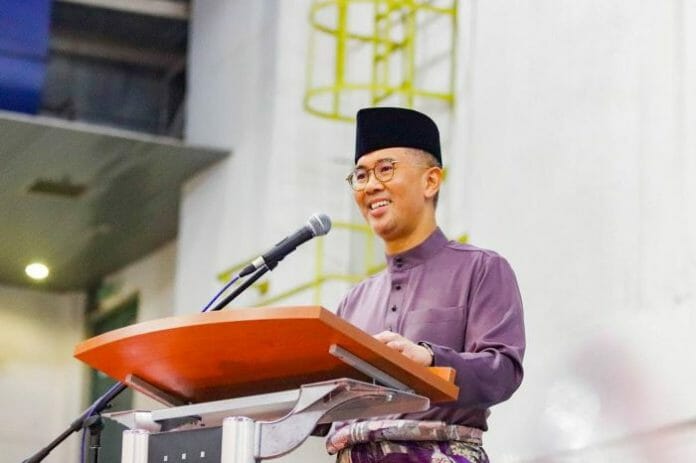Given the country’s debt-to-GDP ratio of 60%, Malaysia still has considerable budgetary headroom to deal with the issues of pricing pressures.
Finance Minister Tengku Datuk Seri Zafrul Abdul Aziz stated that while the government has increased the statutory debt ceiling limit to 65% of GDP from 60% earlier, while keeping the deficit objective of 6% of GDP, there is still fiscal headroom, according to Bernama.
We have inflation under control relative to our neighbours and relative to what we see in the rest of the world. Inflation is forecast to be between 2.2 percent to 3.2 percent.
“In fact, inflation was around 2.5 percent in the first six months of the year, and that was largely due to the large subsidy that we have introduced. We are forecasting it (subsidy) to be around RM80 billion; that is close to US$20 billion,” he said in a recent interview on Cable News Network (CNN).
Subsidies
He noted that fuel is subsidised, among other things. The government subsidises about 40 sen per litre for petroleum, with RON95 being one of the cheapest in the world in Malaysia.
Tengku Zafrul said Malaysia is benefitting from stronger commodity prices, especially oil, as a commodity export country, with Brent crude currently slightly below US$100 per barrel. In the country’s budget, the oil price was assumed at US$66 per barrel.
Had we not implemented them (subsidies), (as) our Department of Statistics said, our inflation could be around 11 per cent,” he said.
Tengku Zafrul further said that the government is not planning to reduce subsidies this year as the country is slowly recovering from the COVID-19 pandemic.
He noted that the pandemic had really impacted the baseline of the economy and the resumption of economic activities has resulted in a strong first quarter GDP growth of five percent with the second quarter likely to be stronger this year.
Tengku Zafrul also said that although the provision of subsidies does help the economy in the short and medium term, it is not sustainable to continue this over a longer term. Thus, the government is looking into more targeted subsidies.
“Today, it is a blanket subsidy. Everyone gets it. Those in the top 20 percent enjoy the same amount of subsidy as the bottom 40 percent of our population.
“We need to be responsible of what’s happening globally and having said that, we are also cautious as our monetary policy is tightening as well,” said Tengku Zafrul.
Bank Negara Malaysia (BNM) gradually increased the overnight policy rate (OPR) this year by 25 basis points (bps) in May and July, respectively. This is an accumulation of 50 bps which led to the new OPR level at 2.25 percent. The rate, however, is still below what it was before the pandemic.
Economy Outlook
n whether Malaysia is able to avoid a recession given its open economy, he said based on the growth in the first half of the year and the expectation of a stronger third quarter, Malaysia is positive to achieve a growth of between 5.3 percent and 6.3 percent this year.
“But the concern will be 2023. It will be a challenge to see how the world performs then, and that is when I think we need to re-look some of our policies.
“It is important that we prepare for a global economy that is slowing down,” said Tengku Zafrul.
Malaysia, being a major trading partner with China, is also closely watching the tensions between Taiwan and China.
He said Malaysia’s economic performance is also dependent on how China tackles its COVID-19 situation.
“Obviously, it has been very conservative and this has affected our supply chain. So if anything happens with Taiwan, it will have some impact. Regional stability is crucial,” he said.
Comparing the economic situation between Malaysia and Sri Lanka, Tengku Zafrul reiterated that Malaysia is different from Sri Lanka. Malaysia’s economy is more diversified while Sri Lanka is very much focused on tourism.
“For example, our reserves are at US$106 billion compared to Sri Lanka’s US$3 billion. Our debt to GDP ratio is 60 percent, Sri Lanka’s is above 100 percent and the country is facing twin deficits. We are not.
“In terms of our foreign denominated borrowings, it is only 2.5 percent of our total debt, so 97.5 percent of our borrowings is in ringgit,” he said.









